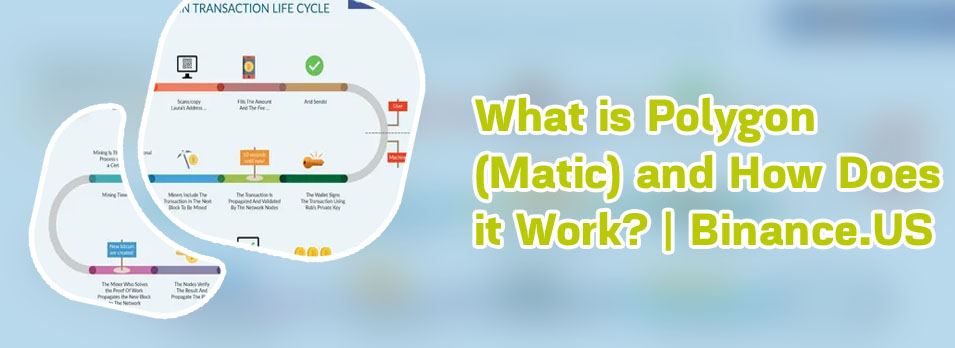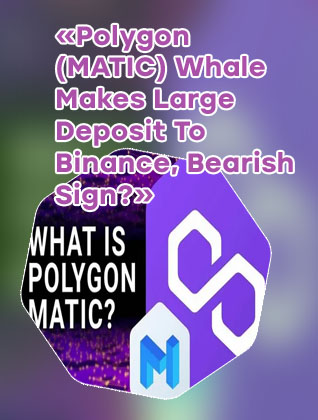- Bitcoin apps
- How to buy on cryptocom
- Bit coin price in us
- Cryptocurrency bitcoin price
- Cryptocoin com coin
- When to buy bitcoin
- Where to buy gyen crypto
- Ethereum candlestick chart
- How to buy crypto
- Buy ethereum with credit card
- Today's bitcoin cash price
- 1 etherium to usd
- Cryptocom cards
- Buy btc
- Cryptocom card
- Where to buy crypto
- Largest bitcoin holders
- Ethusd converter
- Where to buy ethereum
- 1bitcoin to dollar
- How to buy safemoon on cryptocom app
- Crypto exchange
- Bitcoin one percent controls all circulating
- What is ethereum trading at
- Metaverse coins on cryptocom
- Cryptocom payment methods
- Crypto com not working
- What app can i buy dogecoin
- Dogecoin 20 where to buy
- How to sell on cryptocom
- Btt crypto price
- Btc mining
- Safe btc crypto
- Bitcoin cryptocurrency
- Selling crypto
- Cryptocurrency exchanges
- Dot crypto
- Buy physical bitcoin
- Polygon crypto
- Where to sell dogecoin
- Price of ethereum today
- Safe dollar crypto
- How much is bitcoin
- Apps cryptocurrency
- How to close crypto com account
- Eternal crypto
- Crypto card
- Bit price
- Cryptos
- Coinbase cryptocurrency prices
- Bitcoin historical price
- Price of ethereum
- Tether to usd
- Does cryptocom charge fees

Polygon crypto
Polygon crypto, also known as MATIC, has been gaining popularity in the cryptocurrency space for its scalability solutions and low transaction fees. For those looking to learn more about Polygon crypto, we have compiled a list of 4 articles that will provide valuable insights into this digital asset.
The Ultimate Guide to Polygon (MATIC): Everything You Need to Know

none
How Polygon is Revolutionizing DeFi with Layer 2 Solutions
none
Why Investors are Flocking to Polygon (MATIC) in 2021
Investors around the world have been increasingly drawn to Polygon (MATIC) in 2021, and it's no surprise why. This layer 2 scaling solution for Ethereum has been gaining momentum due to its high-speed, low-cost transactions, and scalability. With the recent surge in interest in decentralized finance (DeFi) and non-fungible tokens (NFTs), Polygon provides a solution to the network congestion and high fees experienced on the Ethereum blockchain.
One of the key reasons why investors are flocking to Polygon is its growing ecosystem of projects and partnerships. With a wide range of decentralized applications (dApps) and protocols built on its network, Polygon is quickly becoming a hub for innovation in the blockchain space. Additionally, its interoperability with Ethereum allows for seamless integration with existing projects, making it an attractive option for developers and users alike.
As a resident of Istanbul, Turkey, I have personally witnessed the growing interest in Polygon within the local crypto community. Many investors are diversifying their portfolios by allocating funds to MATIC, seeing it as a promising investment opportunity. The recent price appreciation of MATIC has also caught the attention of those looking to maximize their returns in the volatile crypto market. Overall, Polygon's unique value proposition and strong fundamentals make it a compelling
The Future of Ethereum Scaling: A Deep Dive into Polygon's Role
Ethereum has long been plagued by scalability issues, leading to high gas fees and slow transaction times. In response to this, various layer 2 solutions have emerged to help address these problems. One such solution that has gained significant traction is Polygon.
Polygon, formerly known as Matic Network, is a layer 2 scaling solution for Ethereum that aims to improve scalability and reduce transaction costs. By leveraging sidechains, Plasma technology, and a proof-of-stake consensus mechanism, Polygon is able to significantly increase Ethereum's transaction throughput while maintaining a high level of security.
One of the key features of Polygon is its interoperability with Ethereum. This allows users to seamlessly move assets between the two networks, providing a smooth user experience. Additionally, Polygon supports a wide range of decentralized applications (dApps), making it an attractive option for developers looking to build scalable and efficient applications on the Ethereum blockchain.
Overall, Polygon's role in the future of Ethereum scaling is crucial. As Ethereum continues to grow in popularity and usage, the need for scalable solutions becomes increasingly important. By providing a scalable and cost-effective layer 2 solution, Polygon is helping to address these challenges and pave the way for the mass adoption of decentralized applications on the Ethereum network.